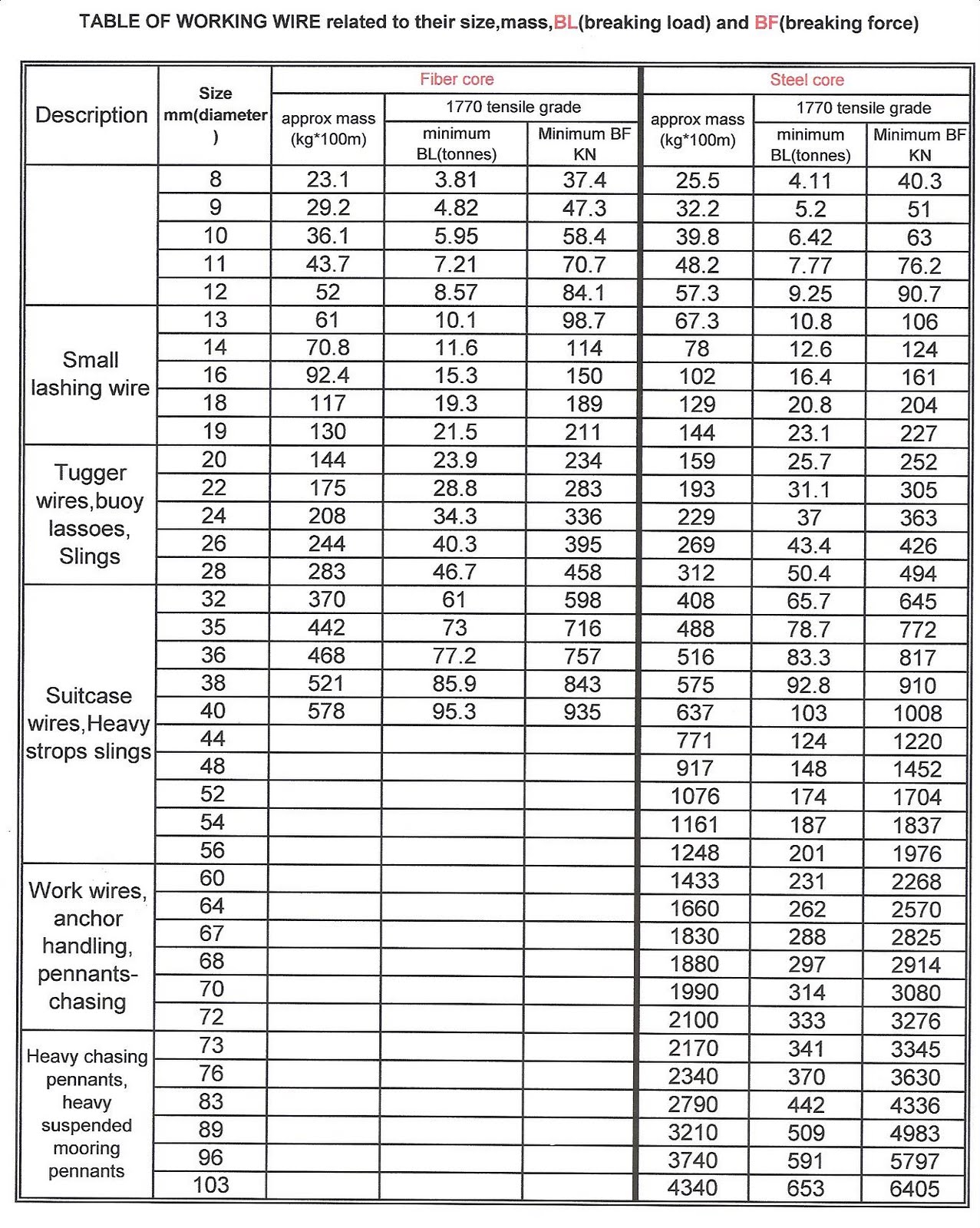
This size is generally used for indoor projects. It is usually covered in a nylon sheath, Thermoplastic high heat resistant nylon (THHN). This type has several names and is known as: The ampacity is 30 A at 60 degrees in the aluminum form and 40A at 75 degrees. While at 90 degrees celsius, the ampacity is approximately 55 A. The copper conductor form is rated 40A at 60 degrees Celcius and 50 A at 75 degrees Celcius. The 8 AWG is sized at 0.129 inches in diameter. It can also be used in heat pumps and wiring of on-demand electrical water heaters. It is generally used in electrical cooking ranges and cooktops. While in aluminum types, the amp rating is 40 A and 50 A for 60 and 75 degrees Celsius. While at 75 degrees and 90 degrees, it is rated at 65 A and 75 A. It is rated for 55A at a temperature rating of 60 degrees. The 6 AWG size is approximately 0.1620 inches in diameter. If you need a 2 gauge wire, here’s our recommendation. Celsius refers to the temperature rating of the conductors. This cable is rated 75 A at 60 degrees and 90 A in the aluminum form at 75 degrees. Its diameter is approximately 0.2576.” This size is ideal for installing circuits where high flame retardation is required.Ī 2 gauge copper insulated wire can carry the rated amperage is 95A at 60degree. 2 gaugeĪ 2 AWG copper wire is commonly used for Central electrical heating systems. Let’s look at the most common options used in the industry and what they are used for. Fining out ampacities is no longer hard for your power cable! You’ll easily see the values and load the different options can handle, including ambient temperatures. Here is the THHN wire size chart you need. You no longer need calculators, resources, or tables scattered around the internet. The products which withstood our standard checklist are presented below.

We have measured the output based on two factors i.e. You can trust us as we have worked closely with industry experts to test out different gauge wires. What is a gauge, and what are its types?.Why you can trust us and how we picked?.The amp rating for 2 gauge wire is 90 amps at 167☏ ambient temperature using copper.The best way to find the gauge wire amp rating is by using the AWG wire size chart below.

Keep reading to find all the tips to ensure the safest and b est 2 through 20 g auge wire & amp rating. Soon you’ll be checking your electrician’s work like a pro. This article will ease you into the learning process. Suppose you are not familiar with electrical gauges and amp ratings.

#100 amp wire size thhn full
If you plan to feed-through or do a T-splice from one cable to two panels, you will need to size for 200A since the cables can carry the full 200A load.Any new electrical wiring work must be done carefully, whether in the home or workplace. Check out this calculator.Īll of this, however, assumes that each subpanel has a separate feeder breaker in the main breaker panel. If you include the return trip (40ft total length), that's still only 1V. 4GA over 20 ft has a resistance of 5mΩ, which means at 100A, you would get. Lastly, you were concerned with voltage drop. If you have them running separately, then you can use up to 4GA. In this case, 2GA copper wire is appropriate because it services 130A, which derates to 104A. In that case, your derating is to 80% of wire ampacity for its temperature rating. For two sets of 3-wire cables (four with ground), that is 4 conductors (neutrals aren't counted since they only carry imbalance current in a split-phase cable). If you plan to use conduit to run both sets of SE cables, you need to derate them, unless the conduit is able to enforce proper spacing (which it likely isn't). The size of wire you use will depend on a few factors, including how it is being run.


 0 kommentar(er)
0 kommentar(er)
